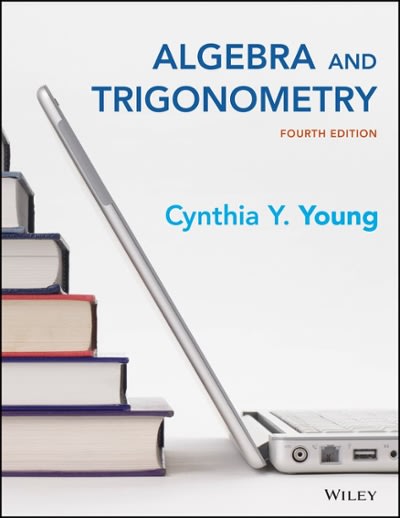Question
Let U1, U2, . . . be independent random variables, each with the uniform distribution on the interval (0, 1). For each integer n 1,
Let U1, U2, . . . be independent random variables, each with the uniform distribution on the interval (0, 1). For each integer n 1,
let Mn = min(U1, U2, . . . , Un).
(a) For 0 < x < 1, find P(Mn > x). Explain or calculate.
(b) Find E(Mn). Explain or calculate.
(c) As n gets large, what happens to the distribution of Mn, and why? You are welcome to calculate, but it is also OK to explain qualitatively.
(d) Let Xn = nMn. For large n, approximately what is the distribution of Xn? Prove your answer. It will help to apply a result you established in an earlier part.
Step by Step Solution
There are 3 Steps involved in it
Step: 1

Get Instant Access to Expert-Tailored Solutions
See step-by-step solutions with expert insights and AI powered tools for academic success
Step: 2

Step: 3

Ace Your Homework with AI
Get the answers you need in no time with our AI-driven, step-by-step assistance
Get Started


